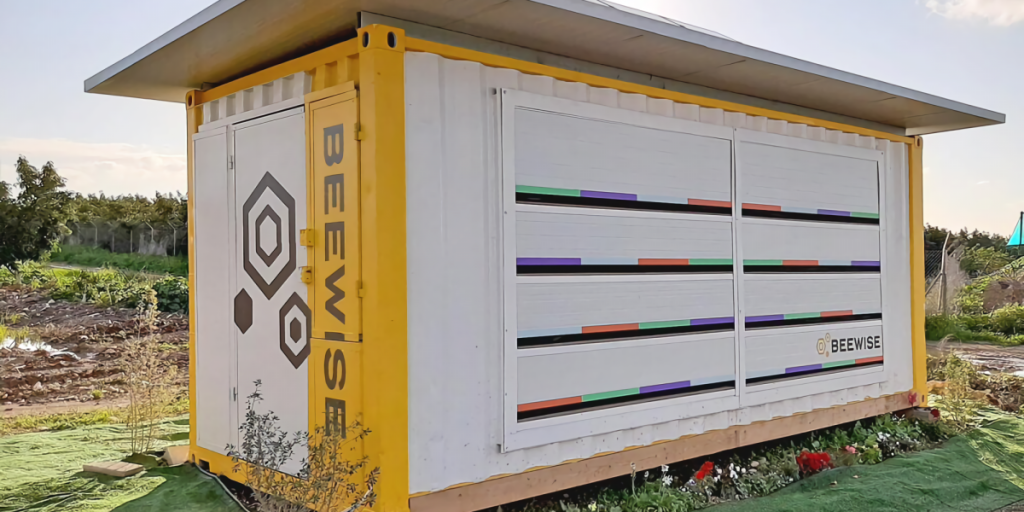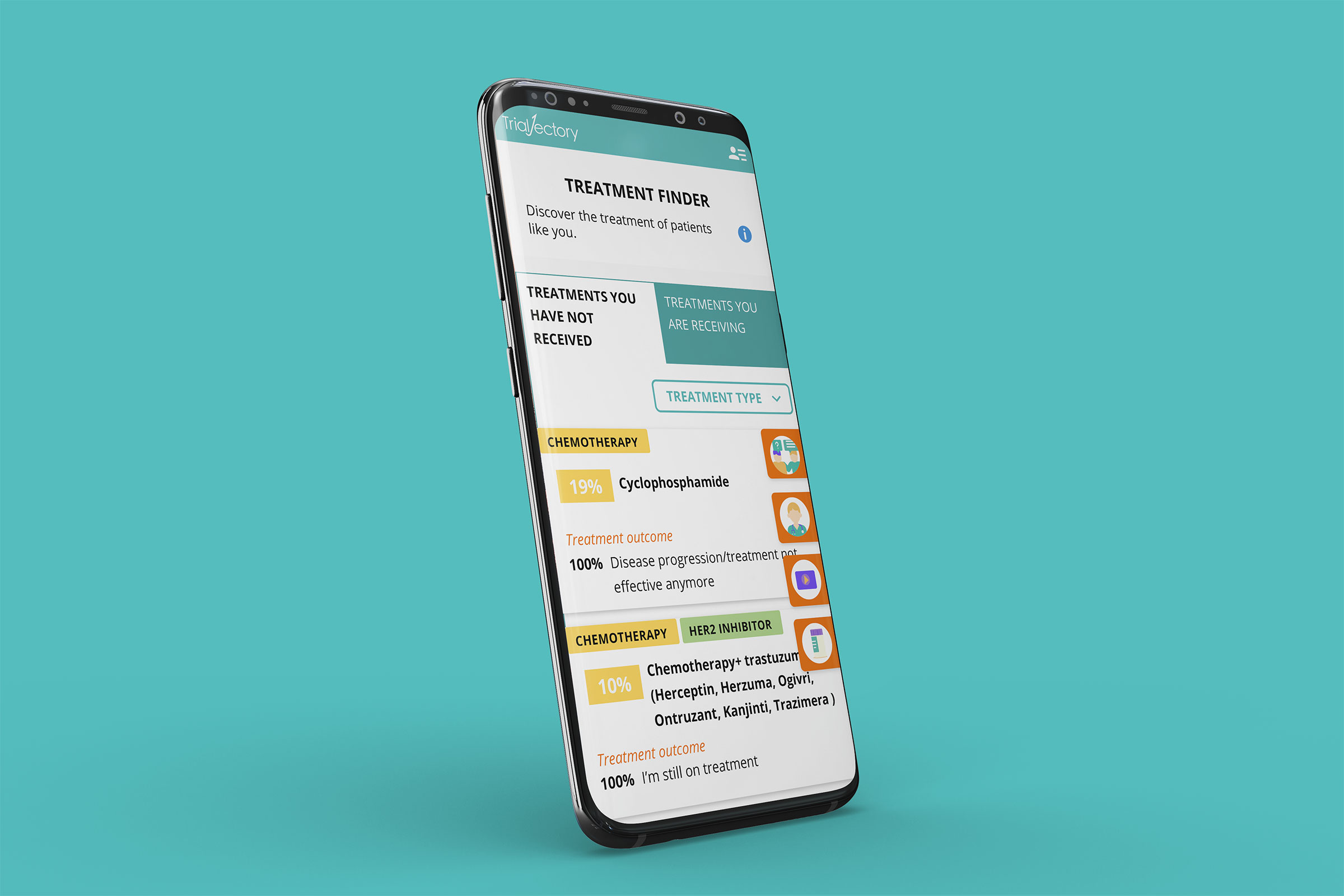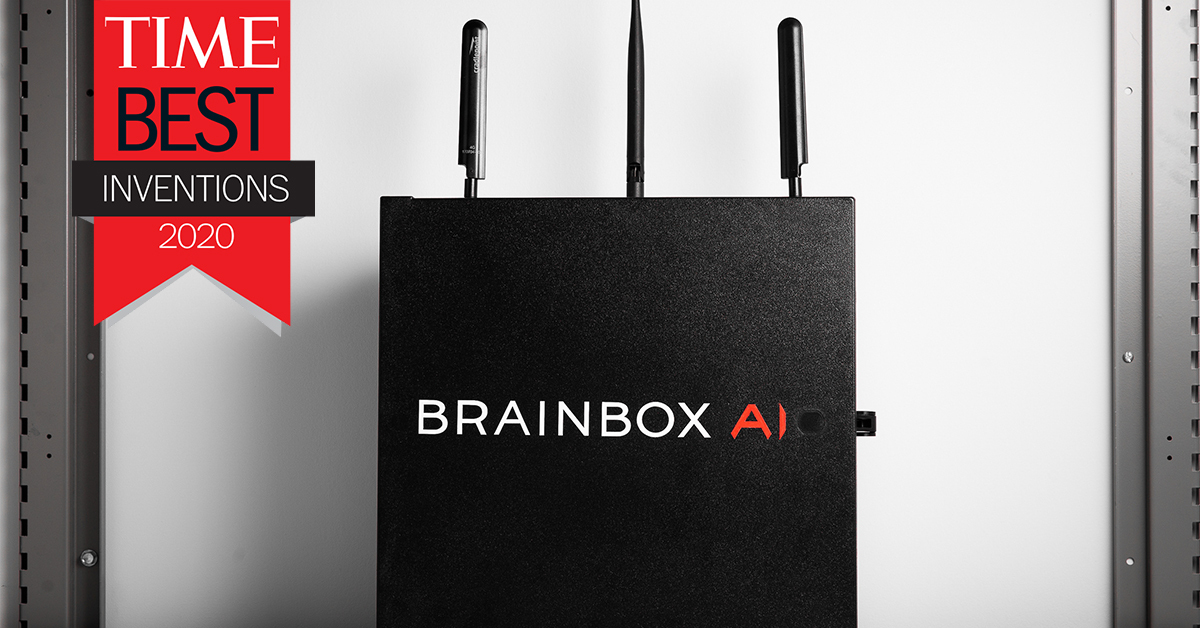AI plays a crucial role in our lives. Personal gadgets, smart cars, and home appliances use artificial intelligence. Also, businesses use it to improve customer experience and management functions. Modern AI began in the 1950s for solving complex mathematical problems and creating intelligent machines which can help humanity. Lets refer AI milestones achieved by great minds in the history of AI.
In year 1950, the English mathematician Alan Turing conducted a test to check the machine’s ability to exhibit intelligent behavior equivalent to human intelligence. The test put forward the idea of an ‘imitation game’, in which a human being and a computer would be interrogated under conditions where the interrogator would not know which was which, the communication being entirely by textual messages. Turing argued that if the interrogator could not distinguish them by questioning, then it would be unreasonable not to call the computer intelligent. Turing’s ‘imitation game’ is now usually called ‘the Turing test’ for intelligence.

The word “Artificial Intelligence” first adopted by American Computer scientist John McCarthy in 1956 at the Dartmouth Conference. At that time Artificial Intelligence is announced as an academic field of study. The high level programming languages such as FORTRAN, LISP, or COBOL were invented. And people were highly interested in AI research at that time.
Image Source: Wikipedia
The time between 1961 to 1970 is the golden era of AI, in 1961 first industrial robot named Unimate was designed by Joseph Engelberger. It was a robotic arm which replaced human on assembly line to perform manual tasks. The arm went on to revolutionize the manufacturing industry after its first adoption by General Motors.
Image Source: Medium
In 1964, a pioneering chatbot named Eliza was developed by Joseph Weizenbaum at Messachuates Institute of Technology. It was a psychotherapist chatbot based on the concepts of natural language processing.
Image Source: https://web.njit.edu/~ronkowit/eliza.html
In 1966, A mobile robot SHAKEY was developed at Stanford which reasons its own actions. It combines various fields of artificial intelligence such as logic, computer vision and navigation. Shakey could perceive its surroundings, infer implicit facts from explicit ones, create plans, recover from errors in plan execution, and communicate using ordinary English.”
Image Source: Medium @Reach Robotics
AI Winter hit the world in 1970’s. During AI Winters, Researchers have the shortage of funding from government agencies and investors for AI researches.
Then, In year 1997 , IBM’s Deep Blue defeated world champion Garry Kasparov in a chess competition. It was the first computer to win both a chess game and a chess match against a reigning world champion under regular time controls.
Image Source: Wikipedia & Scientific Amarican
In year 1998, An emotionally intelligent robotic head was developed at Massachusetts Institute of Technology by Dr. Cynthia Breazeal as an experiment in affective computing. it contains input devices that give it auditory, visual, and proprioception abilities. Kismet simulates emotion through various facial expressions, vocalizations, and movement.
Image Source: Wikipedia
In year 1999, Sony launched its first robotic puppy named AiBO an (AI robot) with skills and personality that develop over time. Aibo learns its environment and develops relationships with people. Many revisions of AIBO has already come.
In year 2002, iRobot launched autonomous vacuum cleaner robot named Roomba that learns to navigate and clean homes itself. There are many variations of Roomba are available on irobot website according to consumer needs.
Video Source: Wikipedia
In year 2009 Google launched its first self driving car for urban conditions under waymo project.
Due to growth in machine learning and AI, there was a revolution in the field of natural language processing during year 1990-2010, which resulted in many virtual assistants developed by famous organizations. As in year 2011, Apple integrated Siri, an intelligent virtual assistant with a voice interface for iOS, iPadOS, watchOS, macOS, and tvOS operating systems, whereas Watson is a question-answering computer system capable of answering questions posed in natural language was developed by IBM under DeepQA project by a research team led by principal investigator David Ferrucci. Watson was named after IBM’s founder and first CEO, industrialist Thomas J. Watson. Siri and Watson, both are rather similar in terms of their underlying structure.
Image Source: CNET
Image Source: Linkdin
In year 2014, a chatbot named Eugene passed the Turing test.
Image Source: CNET
Amazon launched its cloud-based voice service Alexa, for a wide range of devices. It was first used in the Amazon Echo, Amazon Dot, Amazon Studio and Amazon Tap speakers developed by Amazon Lab126. It is capable of voice interaction, music playback, making to-do lists, setting alarms, streaming podcasts, playing audiobooks, and providing weather, traffic, sports, and other real-time updates like news.
Image Source: The Verge
In 2017, Google’s AlphaGo, defeated a professional human Go player, it is the first to defeat a Go world champion named Ke Jie, and is arguably the strongest Go player in history.
Then here comes year 2020, in which AI innovations became helpful to fight the COVID-19 pandemic, it cut short the timeline to create covid-19 vaccine from 10 years to 10 months. AI is helpful for proper screening, tracking and predicting the current and future patients. Major applications of this AI are for early detection and diagnosis of the infection. It is also used for the development of drugs and vaccines, and the reduction of workload of healthcare workers. Some other innovations are Moxie, Beehive, trail jectory, Brainbox AI and enhanced recommender systems.
Moxie: A Social-Emotional Companion for kids is developed by Embodied.
Earth’s first autonomous beehive is developed by beewise.

TrialJectory is an AI enabled service to look for clinical trials.

BrainBox AI is an AI system to predict a building’s thermal conditions.

Refined business process, more personalized recommendations, human like conversational skills.
In year 2020 , the artificial intelligence for drug discovery was just a pilot. We are going to see significant advances in year 2021. From children to elders, everyone spent a sizable portion of their study and work time on Zoom, Microsoft Teams, or Google Meet. There was a competition between these meeting tools in terms of updates and features , that will continue to happen in year 2021. Startups that aren’t burdened by legacy product features will reinvent this space. For example, Vowel is a venture-funded video conferencing tool that lets you transcribe, search, and share your meetings.
However, the most significant transformation in 2021 will be the shift from virtual meetings to virtual workspaces, where companies will transform their physical presence in the digital world by creating a digital twin of organizations where employees will take on avatars in this virtual enterprise while they work from home. The concept of edge computing will flourish in year 2021. This will revolutionize the use of smart devices and IoT sensors. These smart devices are not smart actually, in underlying mechanism data continuously travels between cloud and device. This latency in data transfer makes the device expensive, Edge computing is bridging this gap by moving the processing to device closer to where data is generated.

